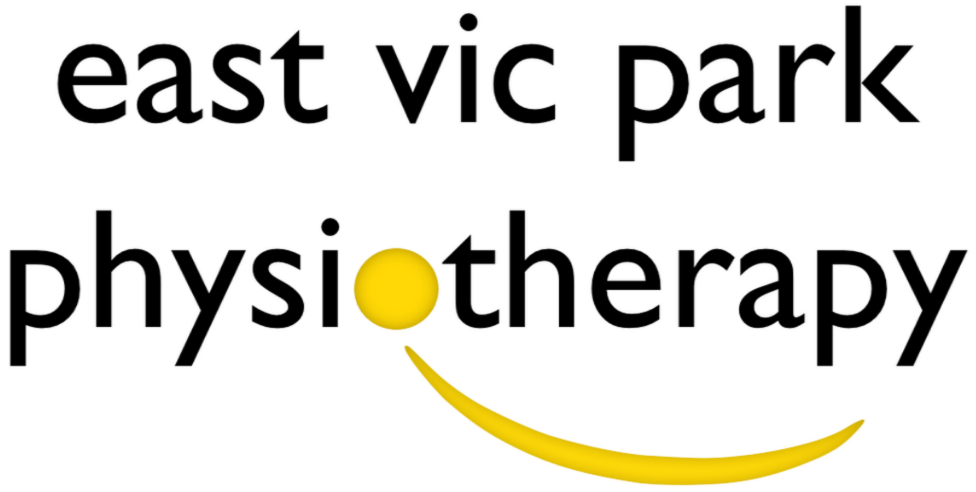Thoracic Outlet Syndrome - A different shoulder diagnosis
What is thoracic outlet syndrome (TOS)?
The ‘Thoracic Outlet’ describes the compression of nerves (brachial plexus), arteries and veins resulting in pain, and altered sensations in and around the neck, chest and shoulder area. This is a rare syndrome only affecting 8% of the population.
There are commonly three areas of compression;
1. the border of the 1st rib and the anterior and medial scalene muscles.
2. the middle of the clavicle (collar bone), 1st rib and upper scapula (shoulder blade).
3. under the Pec Minor tendon and coracoid process.
How did I get Thoracic Outlet Syndrome?
You may be more at risk of TOS if you have…
o an extra rib in the neck
o a previous injury in this area (clavicle or upper ribs)
o poor posture
o poor shoulder motor control
o are between the ages 30-50’s
o 4x more frequent in females
What signs and symptoms might indicate TOS?
These may differ depending on whether it’s the artery or veins involved…
Arterial
- Pins and needles, numbness, tingling or weakness in the shoulder, arm or hand.
- Pain with lengthening the arm (nerve)
- Sensation of arm heaviness, cold or loss of colour
- Reduced radial pulse strength
Venous
- Swelling
- Reddened and/or warm skin
- Raised veins
Can physiotherapy help?
A physiotherapy assessment is crucial in negating all other possible diagnoses and assists treatment, management and onward referral if necessary. Thoracic Outlet Syndrome is very rare so ruling in or out any other likely causes of your pain is critical.
Conservative management should always be trialled initially to reduce symptoms and improve function and return to work before considering if further imaging may be required and/or if a combination of allied health professionals will be required to assist with overall management.



